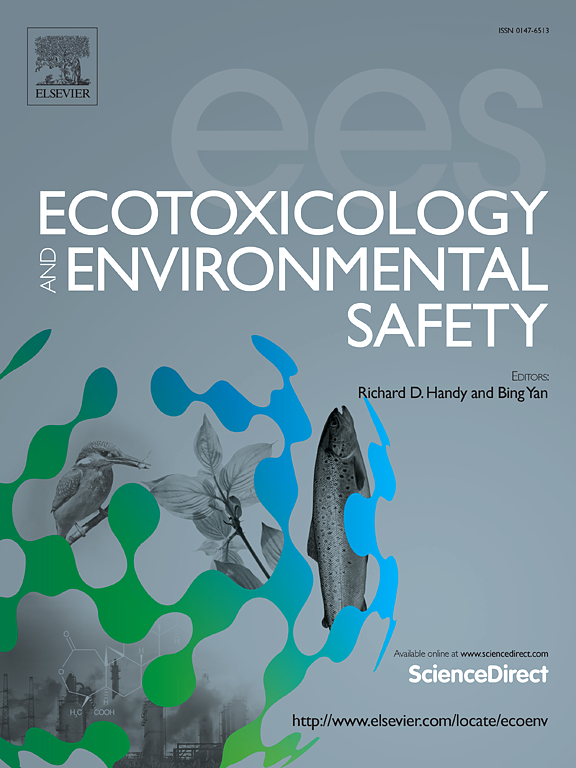Association between exposure to per- and polyfluoroalkyl substances (PFAS) and chronic cough in American adults: Results from NHANES 2003–2012
IF 6.2
2区 环境科学与生态学
Q1 ENVIRONMENTAL SCIENCES
引用次数: 0
Abstract
Chronic cough, which affects approximately 10 % of the global population, is recognized as a significant health issue, especially among females. Recent research suggests that chronic cough may be an independent disease rather than merely a symptom of other conditions. This study focuses on the potential role of exposure to perfluoroalkyl and polyfluoroalkyl substances (PFAS) in the development of chronic cough, noting that PFAS exposure has been linked to various adverse health outcomes. We aimed to explore the association between PFAS exposure and the risk of chronic cough in the U.S. population, analyzing data from the National Health and Nutrition Examination Survey (NHANES) from 2003 to 2012 and examining potential sex-based differences. Our findings reveal several factors independently associated with an increased incidence of chronic cough, including elevated levels of serum perfluorobutane sulfonic acid (PFBS) and perfluoroheptanoic acid (PFHP). The multi-pollutant models consistently demonstrated a significant positive correlation between PFAS exposure and a higher risk of chronic cough in adult males, with PFBS and PFHP as the primary contributors. However, due to the cross-sectional design of the NHANES study, further research is necessary to elucidate the precise mechanisms by which PFAS contribute to chronic cough.
求助全文
约1分钟内获得全文
求助全文
来源期刊
CiteScore
12.10
自引率
5.90%
发文量
1234
审稿时长
88 days
期刊介绍:
Ecotoxicology and Environmental Safety is a multi-disciplinary journal that focuses on understanding the exposure and effects of environmental contamination on organisms including human health. The scope of the journal covers three main themes. The topics within these themes, indicated below, include (but are not limited to) the following: Ecotoxicology、Environmental Chemistry、Environmental Safety etc.

 求助内容:
求助内容: 应助结果提醒方式:
应助结果提醒方式:


